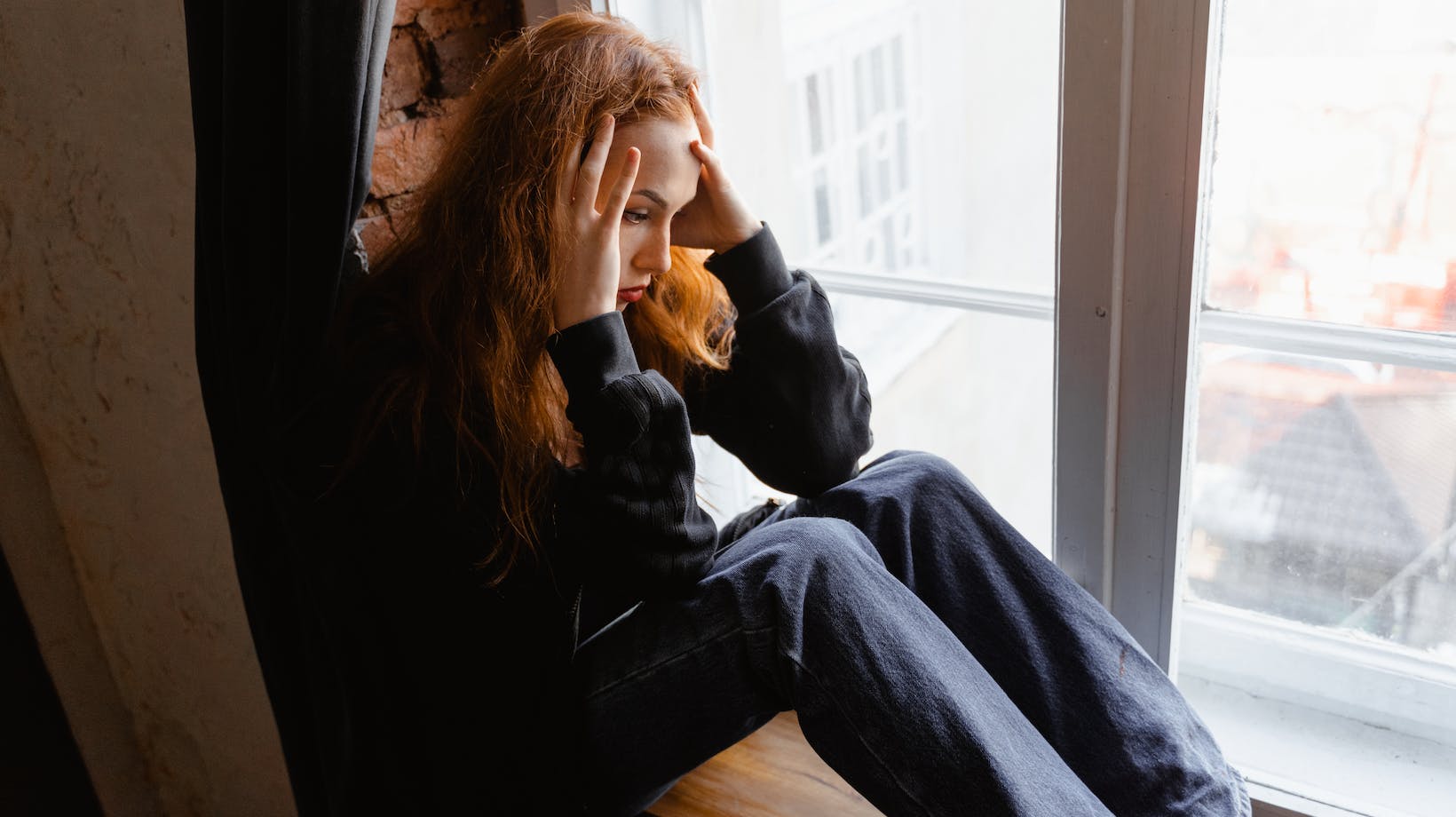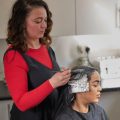Low Porosity Hair
If you’ve been following along, you’re now aware that hair porosity is crucial to your hair’s health and appearance. Now, let’s drill down a bit and understand the concept of low porosity hair.
Low porosity hair is a hair type where the hair strands have tightly packed cuticles that lay flat. These scaled-like cuticles overlap and form a tightly bound structure around the hair shaft, resisting the penetration of water and even some hair care products. By effectively acting as a barrier, these closed cuticles make it difficult for moisture to be absorbed into the hair shaft.
At first blush, this might seem a bit counterproductive. After all, isn’t moisture good for our hair? Without a doubt, moisture plays an essential role in hair health. But for those of us with low porosity hair, the moisture struggle is a real deal.
Consider what happens during a wash routine for low porosity hair. Despite immersing your hair in water and applying various hair products, you may still find your hair feels dry or doesn’t respond well to the products. This is not because the products aren’t good or the water is wrong. Rather, it’s because of your hair’s low porosity.
Caring for Low Porosity Hair
Hair Care routines should be customized according to the individual’s hair type, and low porosity hair is no exception. To ensure your hair gets the nourishment it needs, specific techniques and products are necessary. Let’s delve into the details.
Pre-Shampoo Treatment
For those with low porosity hair, pre-shampoo treatments can be immensely beneficial. A hot oil treatment before shampooing can work wonders. Remember the hair’s cuticles are tightly packed, making it challenging for moisture to penetrate the hair shafts. A hot oil treatment can help open up these cuticles, assisting moisture entry during subsequent shampooing.
Various oils, such as coconut, jojoba, and olive oil, are suitable for hot oil treatments. These oils, when heated slightly and applied to the hair, can effectively improve the moisture uptake by the hair.
Moisturizing Products
Choosing the proper moisturizing products is crucial for low porosity hair. As the hair tends to repel water rather than absorb it, it’s best to opt for lighter, water-based moisturizers that won’t weigh the hair down.
Stay clear of protein-based products, as low porosity hair is already protein-rich. Additional protein will only end up sitting on the hair surface, causing buildup. Rather, hyaluronic acid and glycerin-based products are better alternatives because of their excellent moisturizing abilities.
Proper Hair Drying Technique
When drying low porosity hair, a careful approach is needed. Although heat can help open the hair’s cuticles, excessive use can strip away the little moisture present, leading to dry and brittle hair.
I recommend using a microfiber towel or a t-shirt for drying hair instead of a conventional bath towel; they’re gentler on the hair, reducing the chances of breakage. Experiment with heat and air drying methods to find the best technique that works for your specific hair type.

Styling Tips for Low Porosity Hair
Heat Styling
Ironically, even though heat with incorrect use can be hair’s worst enemy, it’s actually a great ally for low porosity hair. Heat helps to open up the stubborn cuticles, allowing moisture and oils to better penetrate the hair shaft. This means, while blow-drying or flat-ironing, always use a heat protectant to guard against potential damage.
My preferred way to use heat more safely? Incorporate it into your deep conditioning routine. Gentle heat opens up those cuticles effectively. So, wrap that conditioner-coated hair in a heated cap, under a hooded dryer or use the good old ‘heat from your scalp’ method. Just be aware to not overdo the heat to avoid heat damage and always seal in moisture afterwards with your favorite light oil such as argan, sweet almond or grapeseed. Remember, it’s about balance.
Protective Styling
Another important styling tip for low porosity hair is to utilise protective styles. Now, what are these? Painstakingly braiding your hair in hundreds of tiny braids night after night isn’t the only way to protect your hair. Protective styles include any hairstyle that keeps your ends tucked away and prevents over-exposure to potentially damaging environmental elements. These can be as simple as buns, twists, braids, and even wigs.
I’ve found that protective styling works wonders on low porosity hair because of its innate tendency to stay moisturized, preventing unnecessary breakage. The idea is to strike a comfortable frequency of protective styles that allows you to minimize manipulation while making sure your scalp and hair are clean and well-moisturized.
Jessica has a flair for writing engaging blogs and articles. She enjoys reading and learning new things which enables her to write different topics and fields with ease. She also strives to break down complex concepts and make them easy for anybody to comprehend.





